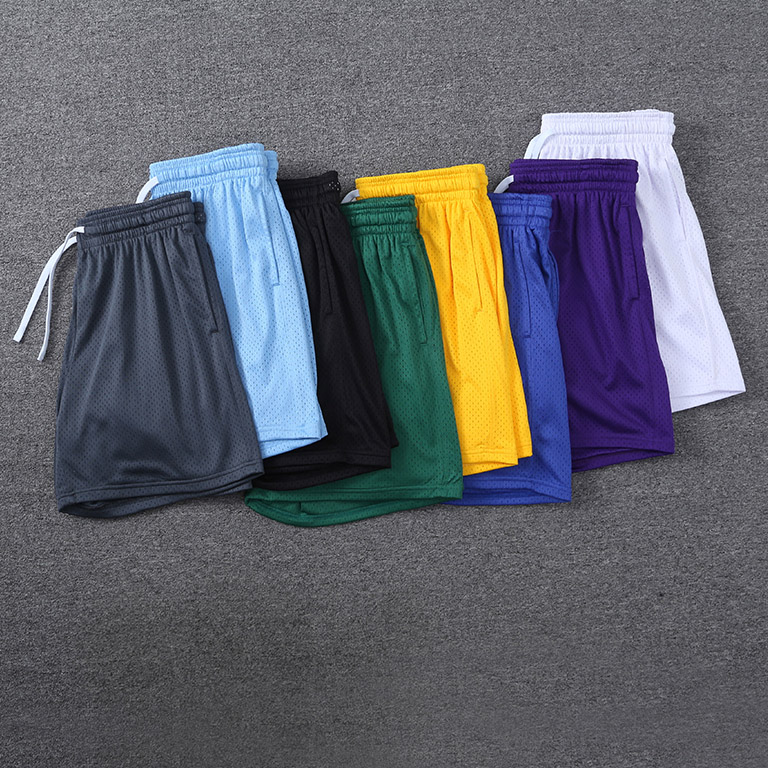Canvas shoes are known for their trendy styles, creative designs, and affordable prices, which make them extremely popular among young people. They are not only worn to school but also for casual activities like running, jumping, and even by some office workers who find them comfortable. However, orthopedic experts advise that canvas shoes should not be worn for extended periods or during intense physical activities.
The soft structure of canvas shoes, especially the heel and midsole, lacks sufficient support and stability. Their rubber soles are not very shock-absorbent, making them unsuitable for high-impact sports such as basketball or football. That said, they can be worn for light activities like walking or skipping. Children with flat feet should avoid canvas shoes altogether, as they may worsen foot alignment and contribute to conditions like heel varus, which can affect proper development.
When it comes to foot health, there are several things you should pay attention to. First, don't ignore any persistent foot pain—especially if it lasts more than 72 hours. It's important to consult a doctor in such cases. Regularly check your feet for changes in color, temperature, nail thickness, skin condition, or foot size. Keep your feet clean and dry, especially between the toes, to prevent infections. Avoid cutting your nails too short, particularly if you have diabetes or poor circulation, as this can lead to serious complications.
Choose shoes that match your activities. For example, avoid wearing canvas shoes for long walks or strenuous workouts. Also, avoid giving children high-heeled shoes for long distances. Just like other parts of the body, your feet benefit from regular exercise. Simple foot stretches or toe curls can help maintain flexibility and strength.
To choose the right pair of shoes, consider the following:
A. Different brands may have different sizing, so always try them on instead of relying solely on shoe numbers.
B. Select shoes that fit your foot shape, avoiding those that are too narrow at the front.
C. As you age, your feet may grow, so measure them regularly.
D. Since one foot might be slightly larger than the other, always go with the bigger size.
E. Ensure there's about 1 cm of space between your toes and the front of the shoe. Don’t force tight shoes to stretch over time.
F. Try on shoes in the afternoon when your feet are slightly swollen from the day’s activity.
G. When trying on shoes, walk around a bit to ensure comfort and proper fit.
Walking is one of the safest and most effective forms of exercise. It strengthens the feet and lower limbs, relieves joint pain, prevents osteoporosis, boosts metabolism, improves heart and lung function, and helps reduce stress. Before starting a walk, do a quick warm-up. Begin slowly, gradually increasing time and intensity. Aim for three sessions per week, each lasting around 20 minutes. To monitor your intensity, calculate your target heart rate: subtract your age from 220, then take 60–70% of that number. For a 50-year-old, that would be between 102 and 119 beats per minute. Other methods, such as the "talk test," can also help gauge your effort level.
Other tips include repurposing old shoes into something new, keeping them breathable with antibacterial socks, learning how to clean matte surfaces, understanding the hidden functions of shoe heels, and choosing safe footwear during pregnancy. Avoid wearing uncomfortable shoes in the summer, and know how to deal with moldy shoes. Always prioritize comfort and health when it comes to your feet.









Sweat shorts
Guangxi Guiping Lidong Sports Goods Co., Ltd. , https://www.lidongsports.com